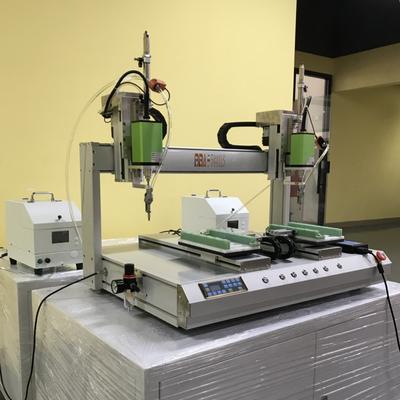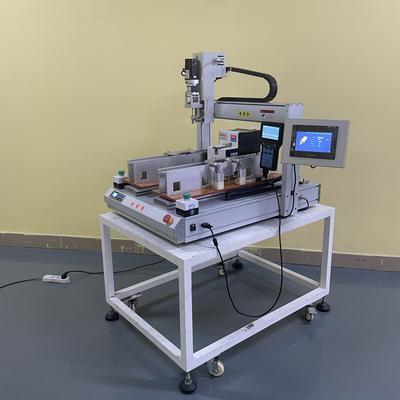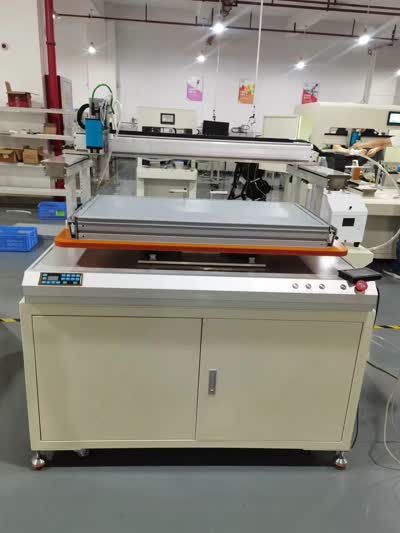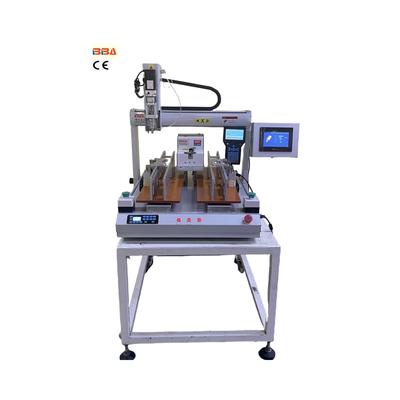Servo-Driven Automatic Screw Feeder | Energy Efficient Assembly Solutions
| Product Name | Applicable industries |
| Automatic Screw Feeder | Power Tool Assembly Lines |
In today's industrial landscape, energy efficiency isn't just an environmental consideration—it's a fundamental economic imperative. Servo motor systems have emerged as game-changing solutions in this arena, offering precision control while dramatically reducing power consumption across manufacturing operations.
The Efficiency Engine: How Servo Motors Work
Unlike conventional motors that run continuously at full speed, servo motors operate on demand. They combine high-performance permanent magnets, advanced sensors, and intelligent controllers to deliver torque exactly when and where needed. This "just-in-time" energy approach eliminates the wasteful constant spinning of traditional systems, with rotational accuracy down to fractions of a degree. The moment a motion sequence completes, the system enters standby mode, drawing minimal power until the next operation cycle begins.
Three-Pillar Efficiency Advantage
1. Reduced Heat Generation: Traditional motors waste significant energy as heat due to electrical resistance and mechanical friction. Servo systems minimize these losses through optimized coil windings and precision bearings, cutting cooling costs by up to 70% in ambient-controlled environments.
2. Dynamic Power Adaptation: During deceleration, servo systems act as temporary generators. Through regenerative braking technology, kinetic energy is converted back into electricity and fed into the power supply. This reclaimed energy—often 15-35% of operational consumption—powers other equipment instead of dissipating as heat.
3. Optimized Motion Profiles: By controlling acceleration/deceleration ramps and eliminating mechanical "overshoot," servo systems complete tasks in the shortest possible time with minimal energy expenditure. Tests show 40-60% faster cycle times compared to conventional setups for repetitive tasks.
Installation Innovations Amplify Gains
Modern servo amplifiers now incorporate sophisticated efficiency features. Automatic current tuning adjusts power delivery in real-time based on load requirements, while bus-sharing configurations allow multiple drives to exchange regenerated energy internally—reducing grid dependency. When integrated with IoT-enabled controllers, these systems provide granular energy consumption analytics, revealing optimization opportunities invisible to conventional monitoring.
Sustainability Through Precision
Beyond direct energy savings, servo technology contributes to sustainability by reducing material waste. Their exceptional positioning repeatability (±0.01mm) slashes defective outputs caused by positioning errors. In packaging and assembly applications, this precision translates to less rejected product and reduced raw material consumption—creating a cascading conservation effect throughout the production chain.
As regulations tighten and operational costs rise, servo systems transition from premium options to essential components of sustainable manufacturing. With developments in rare-earth-free magnets and modular designs, next-generation solutions will extend these efficiency gains while lowering implementation barriers across industries. The servo revolution isn't coming—it's powering today's green factories, one optimized motion at a time.



